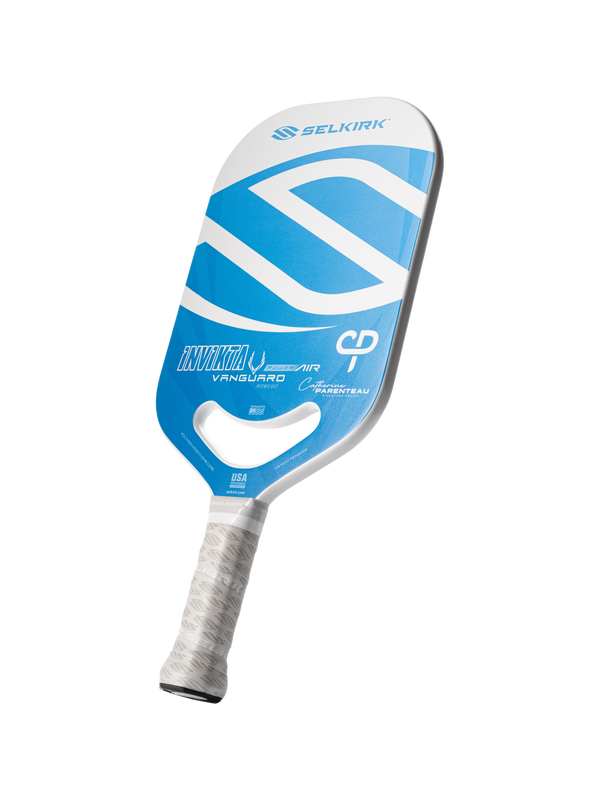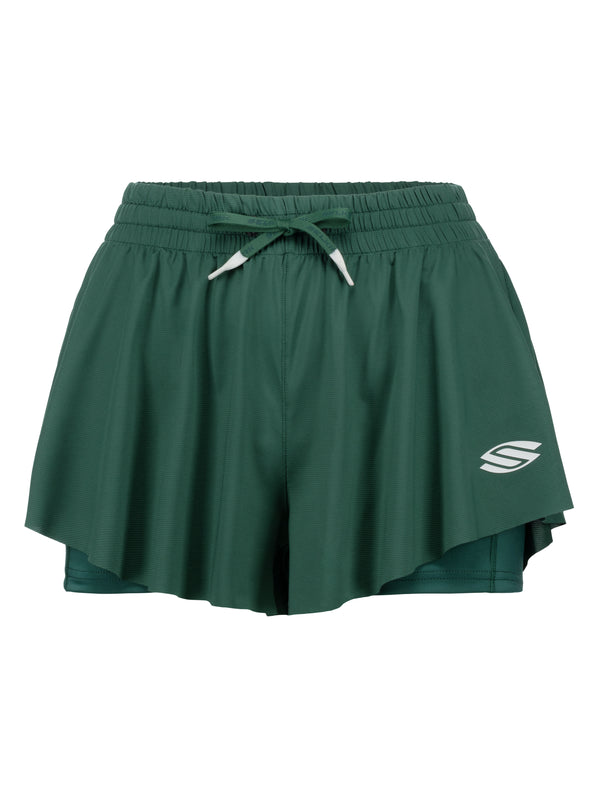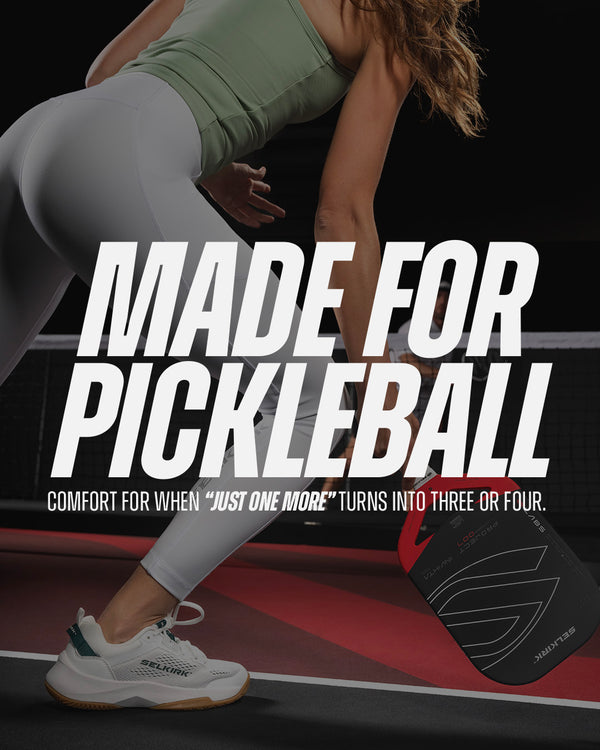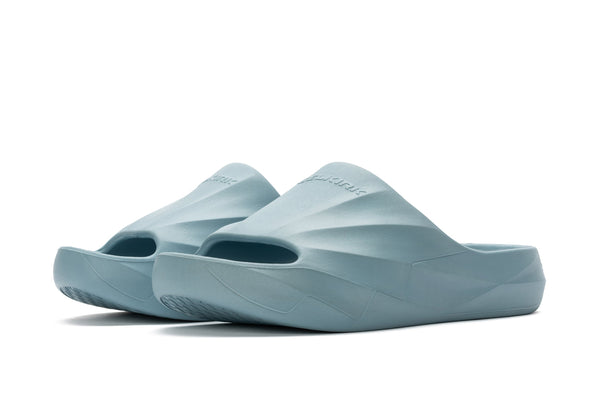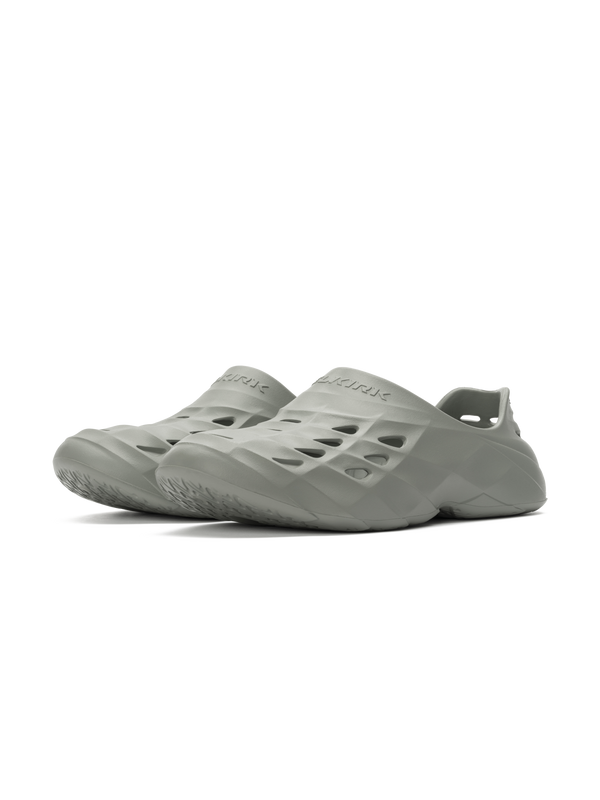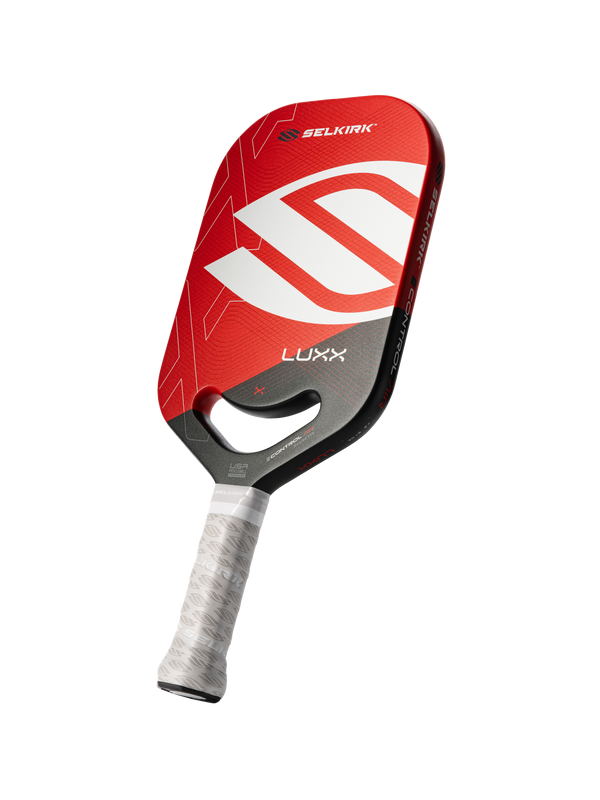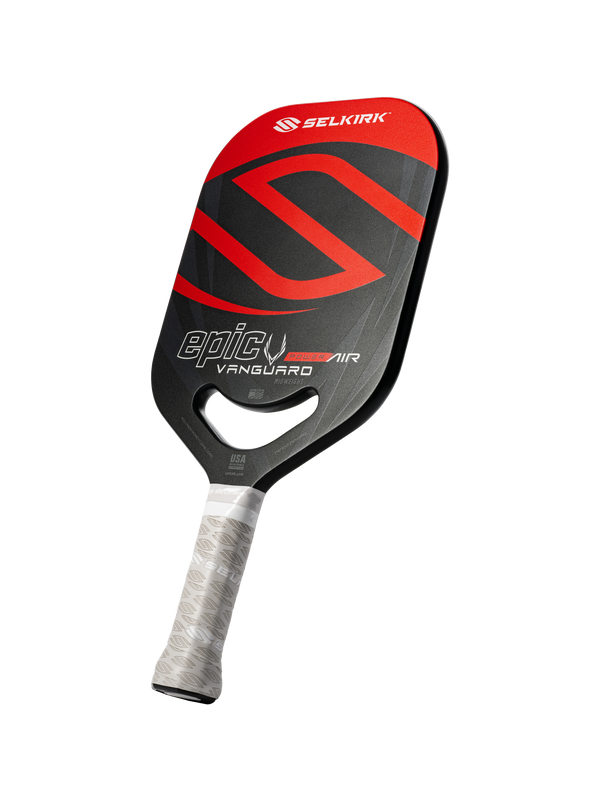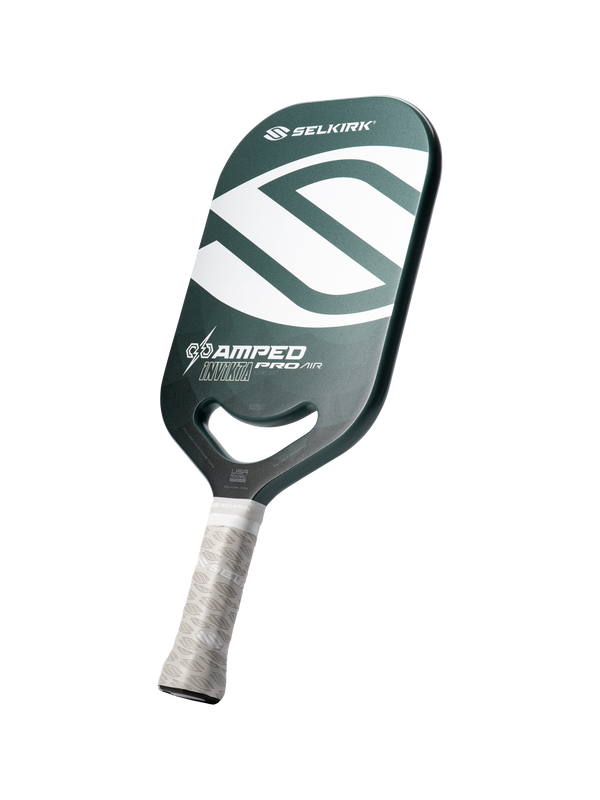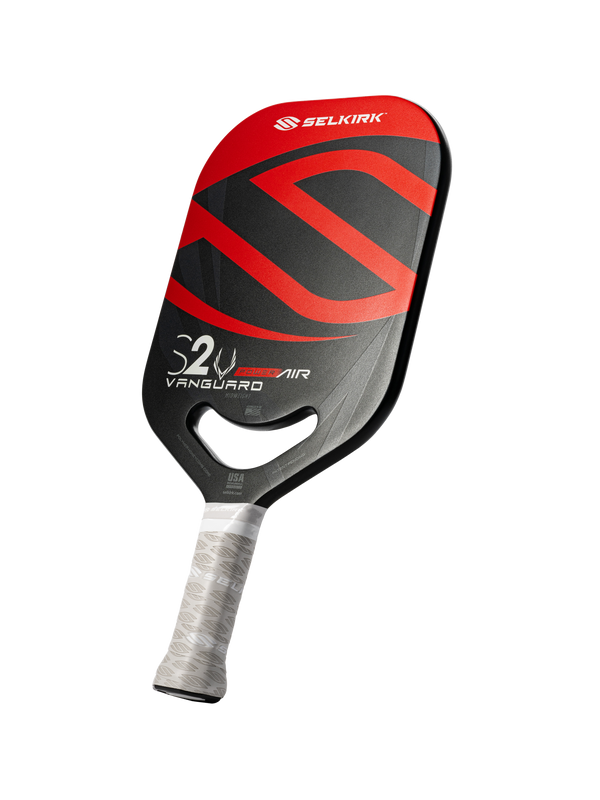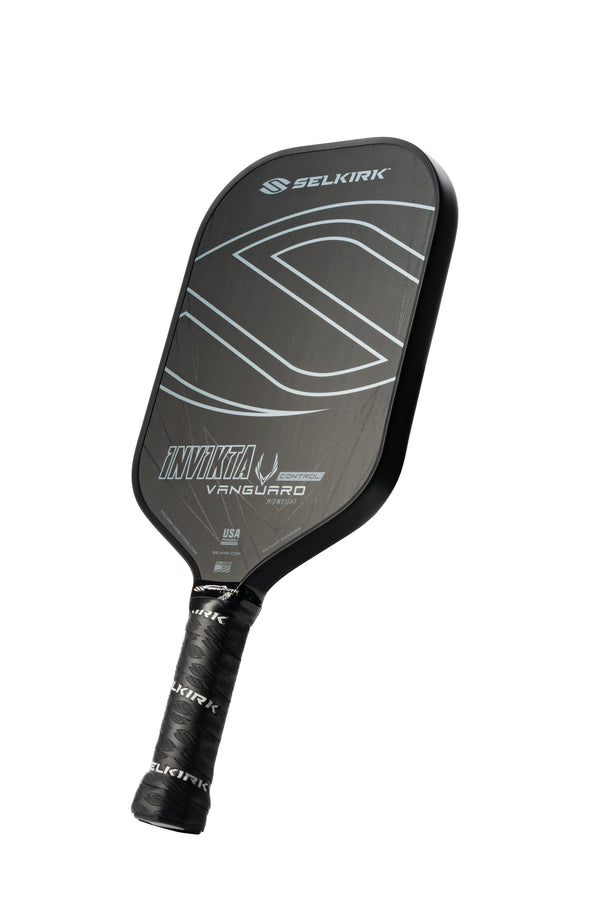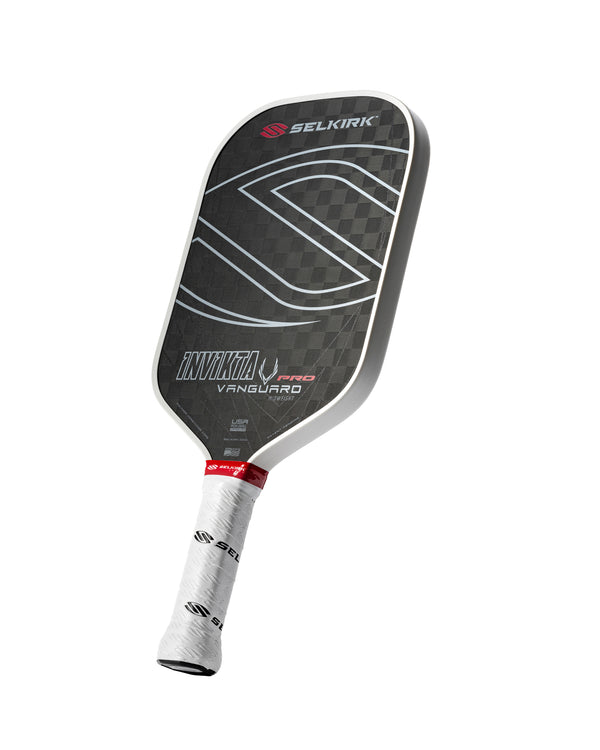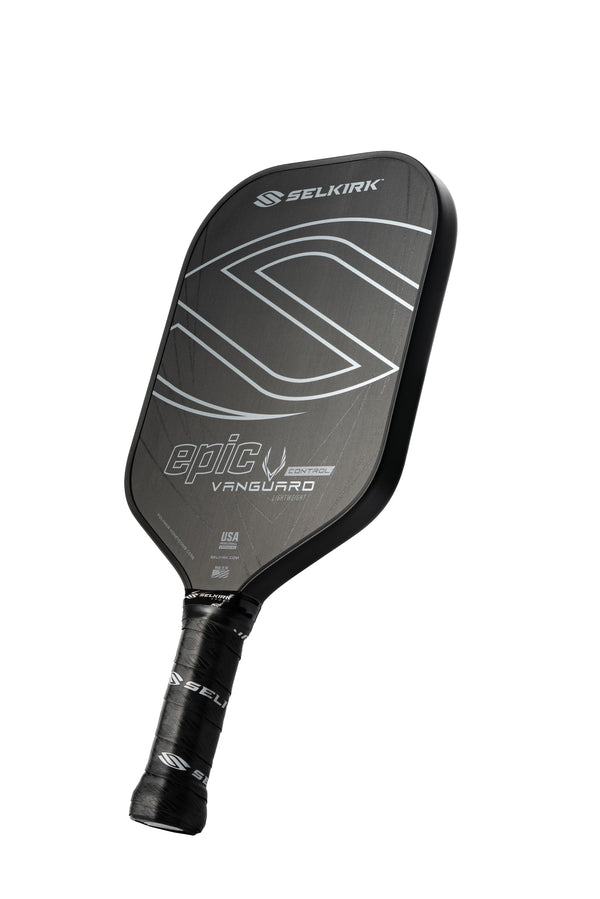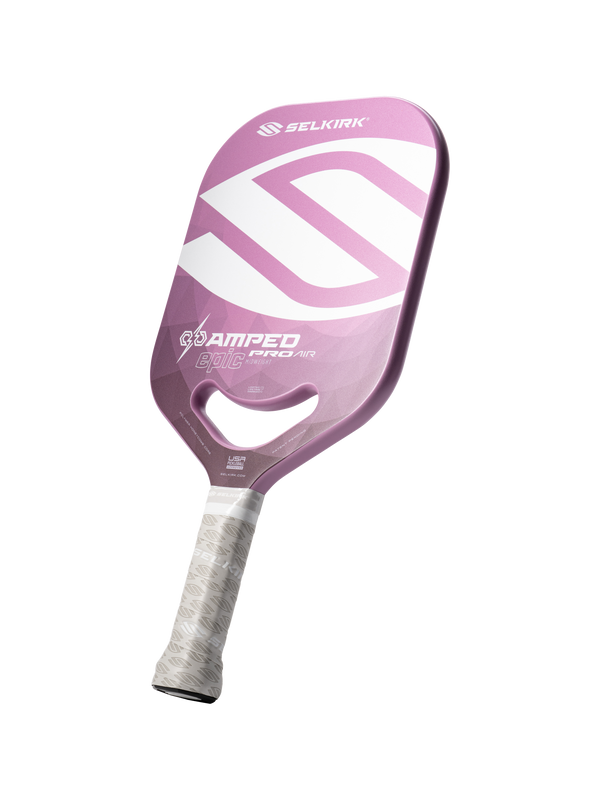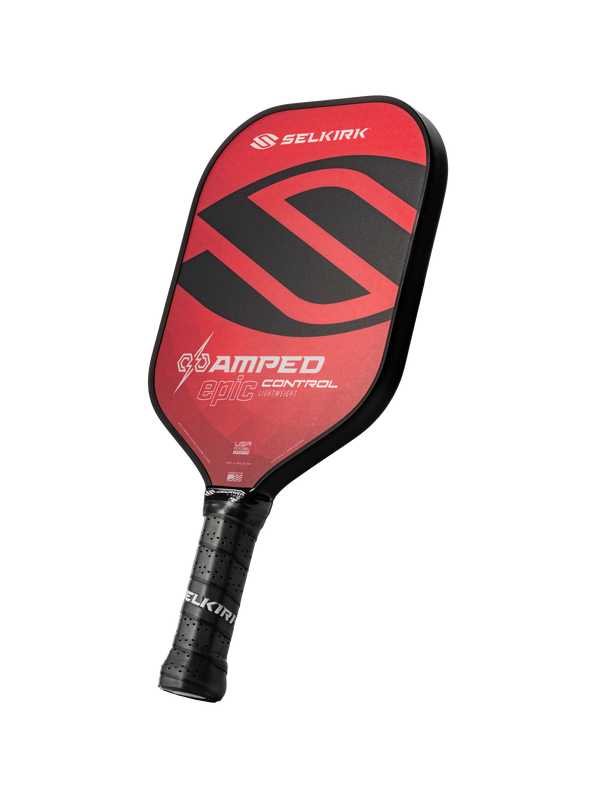In pickleball, you've likely heard the saying, "The best defense is a good offense." While being offensively strong is crucial, the most successful teams are those that can seamlessly switch between offense and defense.
Understanding when and how to shift your focus on the court can make all the difference.
In this Selkirk TV original, pickleball coach Morgan Evans shares the key indicators for when you should shift from offense to defense.
How court positioning affects defense or offense
The first factor to consider when shifting to a defensive mindset is your court positioning. Most players know that serving starts you in a defensive position since you need to work your way up to the kitchen line.
However, once at the kitchen line, it can be tricky to distinguish between offense and defense. Here are some scenarios to help clarify:
The broken string
Imagine a short string connecting you and your partner. As one player moves, the other should follow to keep the string intact.
If you and your partner move too far apart, the "string" breaks, putting you in a defensive position. In this case, both players should quickly shift toward the middle of the court to regain control.
The divorce ball
When both players hug the middle line, it can lead to confusion over who should hit a ball directed at the center. This often results in mishits and leaves the sidelines open for attack. To regain an offensive stance, both players should return to their normal court positions.
The lob
If your opponent hits a well-placed lob, you’ll need to back off the kitchen line to retrieve it, which automatically puts you on defense. Rather than attempting a powerful drive, focus on a controlled drop shot to reset and get back to the kitchen line.
Off-balance
At some point in the game, your opponent may hit a ball that catches you off-guard or pulls you out of position. It’s tempting to try a risky shot to end the point, but these are often low-percentage plays. Instead, opt for a reset dink to stay in the rally.
The low ball
When at the baseline, players often try to hit a drop shot into the kitchen. This gives them time to advance to the kitchen line.
If your return doesn’t go as planned, you might find yourself in a tough spot, with opponents aiming at your feet while you’re moving forward. In this moment, abandon the idea of rushing to the kitchen.
Instead, drop your paddle low and hit a reset shot into the kitchen, repeating as needed until you can advance.
The extra wide ball
When your partner is pulled wide off the court with a well-placed dink, it’s natural to cover the middle. However, doing so leaves your sideline exposed.
If your opponent targets your sideline, you’ll likely need to sprint to retrieve the ball, putting you at a disadvantage.
Don’t attack from this position. instead, aim a shallow dink over the net, allowing time for both you and your partner to reset.
The pretzel
During a cross-court dink exchange, your opponent might hit a volley instead of letting the ball bounce. This reduces the time you have to reset your feet, causing a scramble to return the next shot.
From this position, maintaining your cross-court pattern can be difficult. Instead, aim a lifted dink toward the opponent in front of you, buying you the time needed to reset and get back into the point.
How contact point affects offense or defense in pickleball
Another key factor in deciding when to switch to a defensive mindset is the contact point at which your opponents hit the ball, particularly the height of the contact.
The overhead smash
This one’s obvious: when your opponent is winding up for an overhead smash, your instinct is to back away.
As you do, lower your paddle height below your waist to prepare for the incoming ball. Loosen your grip to take some pace off the ball, and aim to reset it in the kitchen.
The perfect drop
While the returning team starts with an offensive advantage, a well-executed drop or hard drive from the serving team can prevent the returners from advancing to the kitchen line.
When this happens, your team loses control of the point, and the goal of keeping the serving team at the baseline becomes unachievable. Play the ball softly cross-court and work your way cautiously toward the kitchen line.
The high dink
No one aims to hit a dink too high, but it happens. While your partner is engaged in a dink rally, keep an eye on several cues, including balance, pace, and reach.
The moment your partner hits a high dink, step back and prepare for an attack. Loosen your grip to help reset the ball and keep the rally going.
Download the Selkirk TV app HERE to watch the complete episode and many other Selkirk TV original shows, podcasts, lesson series from the pros, and much more.




